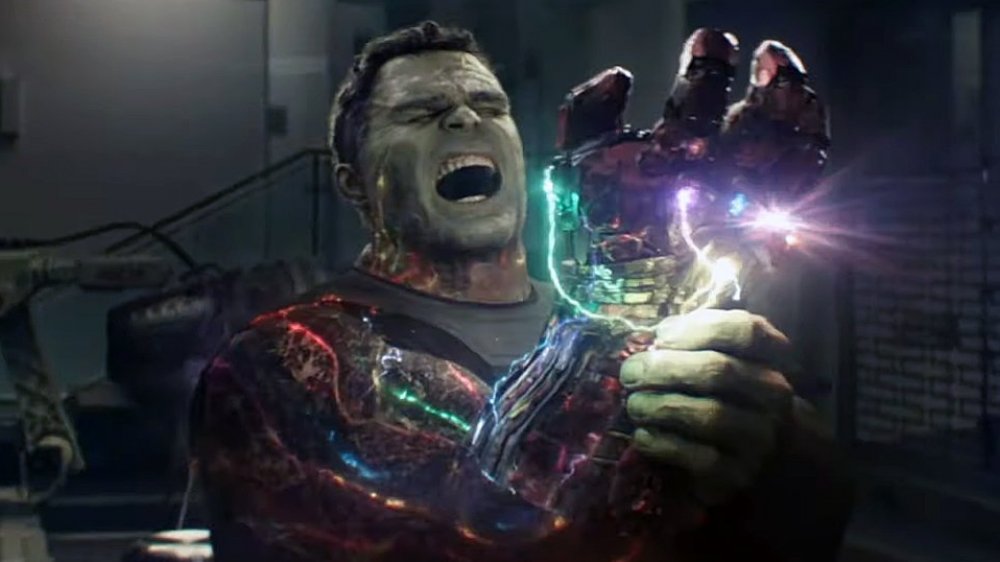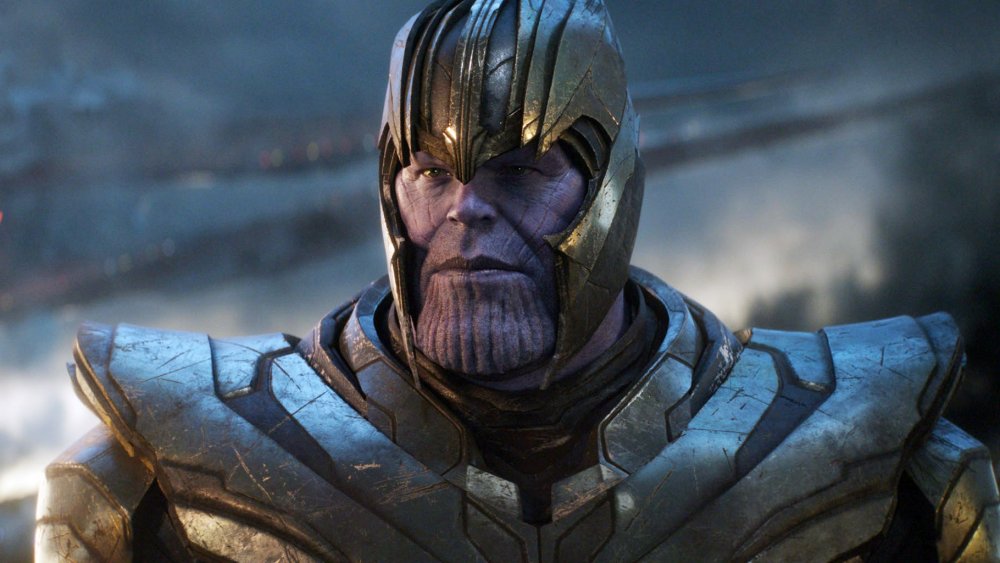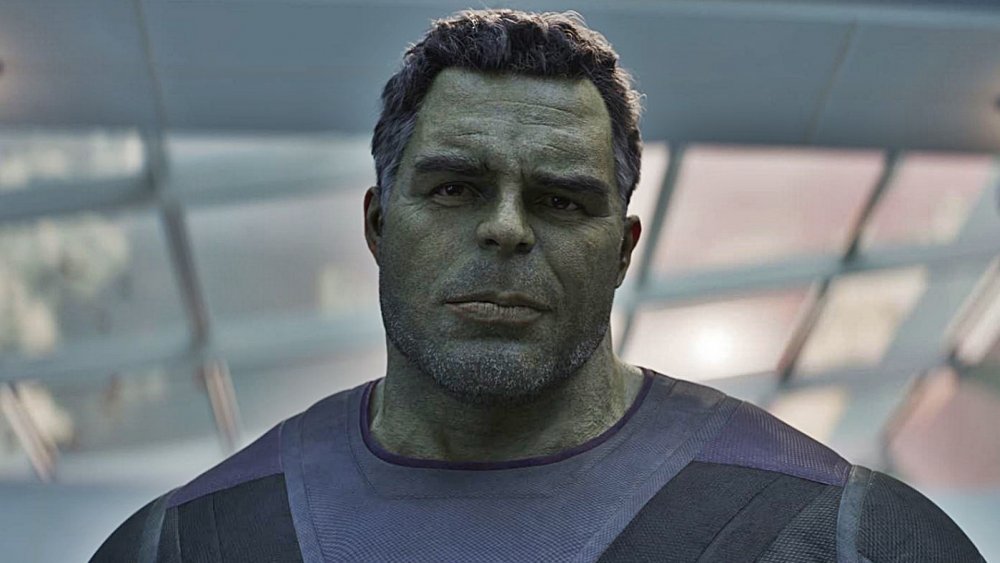We Now Know Why Hulk Was Injured By The Infinity Gauntlet
Hulk's sizzled right arm has finally received the Avengers: Endgame post-release lore treatment.
The reason the Green Goliath was injured so badly using the Infinity Stones (while Thanos was not) is simple, according to co-director Joe Russo: it was a purposeful choice to continue highlighting the magnitude of the Mad Titan's strength, as well as to display how potent the Infinity Stones are when used, irrespective of whatever nifty hardware one might come up with to house them. (via ComicBook.com)
In the film, well-adjusted and emotionally stable Professor Hulk (Mark Ruffalo), a merging of the brains and mild temperament of Bruce Banner with the green, super-strong physique of the Hulk, wielded the Infinity Stones to bring back the lives lost in Avengers: Infinity War. Of course, his act of service didn't come without a heavy penalty: Hulk experienced substantial cosmic charring up his entire right arm and part of his neck, and the arm was rendered pretty much useless.
Since he's presented as one of the most powerful characters in the Marvel Cinematic Universe, it came as a surprise to the audience (and even his fellow Avengers) that Hulk took such a substantial hit using the Infinity Stones — especially since he was deemed most likely to survive the impact of using Tony Stark's (Robert Downey Jr.) Infinity Gauntlet 2.0 to channel their power.
Fans will recall that in Infinity War, Thanos (Josh Brolin) used the stones to snap half of all life in the universe out of existence, with relatively little injury to himself — though his Infinity Gauntlet was heavily damaged in that first usage. It was only when he used the Stones again (to destroy them) that it really took a toll, as he emerged from the experience with a noticeable hobble and some pretty bad damage to his Gauntlet arm.
The Hulk is incredible, but he's still no Thanos
Russo explained that it was important for the filmmakers to revisit how the Hulk, for all his incredible power, paled compared to Thanos.
"We know how powerful Thanos is by his quick defeat of the Hulk in Infinity War, so this is an incredibly painful experience, to put on the gauntlet that controls the universe," Russo said. "It permanently damages the most powerful beings and some of the most powerful creatures in these movies, and very few people can actually put that on and survive."
Marvel Studios' head of visual development Ryan Meinerding also explained that in earlier development, they considered giving Hulk a more substantial injury in the form of physically shrivelling his arm, but ultimately abandoned the idea due to technical problems presented in later fight sequences.
"When Hulk brings everybody back with a snap using the Stark gauntlet, they wanted Hulk to have paid a severe price for doing it," Meinerding explained. "The idea of his arm being shriveled and messed up was where they were going with it initially, and... I pitched that basically when his arm gets shriveled, he just rips his sleeve off and turns it into a sling to allow him to fight later on in the film and not have that asymmetry be something that was too odd. In the end, they worked it out fine in the movie without that concept."
Endgame's high stakes required tough consequences
Endgame makes a big deal of exacting cost; it's fair to say that Thor and Hulk are diametrically opposed examples of the best and worst ways to cope with the fallout of Infinity War, so in lending gravity to Hulk's decision to use the Stark gauntlet, it would have made no sense to have him make angst-ridden soliloquies like Thor. Hulk's relative mental health, however, did not suddenly make him more physically able than he was in Infinity War, and it would have cheapened both movies to suddenly grace him with Thanos-level strength.
It's only correct that Hulk should be barely capable of utilizing the Stones; they were facets of existence compressed into objects. Destroying them (or, technically, reducing them to atoms) would likely have released energy akin to the Big Bang that created them, and that is what it took to severely injure — not even to kill, just to hurt — Thanos.
One of the main themes of Avengers: Endgame is sacrifice, and the film demonstrates over and over again that the only way to be victorious over the "inevitable" (as Thanos so fatefully described himself) is cooperative combined might, and actions that exact terrible tolls. The Avengers' strategy for reversing the Snap was an incredibly complex one, and everything had a consequence to be accounted for — it just so happened that some of those consequences were more painful than others.
Limits in superhero films come from relativity between characters rather than external universal constants, and the Russos understood that truth very well. Endgame's doling out of terrible prices for each small victory was poetic and effective, because it illustrated that even for Earth's Mightiest Heroes, reversing an action as drastic as the Snap would truly require (say it with us) whatever it took. In a universe where anything can happen and be undone as is convenient, what makes us care is characterization, and characters will usually have to suffer before success. In a film with stakes as high as Endgame, that suffering will come swift and hard — even if you're the Incredible Hulk.


